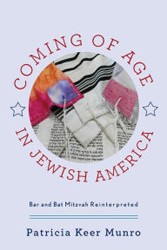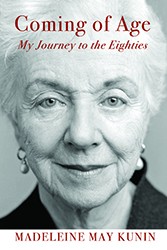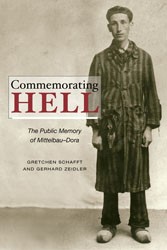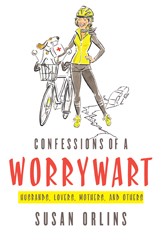Hasidism, a movement of religious awakening and social reform, originated in the mid-eighteenth century. After two and a half centuries of crisis, upheaval, and renewal, it remains a vibrant way of life and a compelling aspect of Jewish experience. This book explores the profound intellectual and religious issues that the hasidic masters raised in their Torah commentary, and brings to the fore the living qualities of their sermons (derashot).
Ora Wiskind-Elper addresses a spectrum of topics: creation, revelation, and redemption; hermeneutics, epistemology, psychology, Romanticism, poetry and poetics, art history, Hebrew fiction, cultural history, and tropes of Jewish suffering and hope. Fully engaged in the texts and their spirituality, she brings them to bear on postmodernist challenges to traditional spiritual and religious sensibilities.
This is a comprehensive study, unique in pedagogy, clarity, and originality. It uses the full range of critical scholarship on hasidism as a social and ideological movement. At the same time, it maintains a strong focus on hasidic Torah commentary as a conveyor of theology and value. Each of its chapters presents a fundamentally new approach. Wiskind-Elper’s translations are in themselves an innovative moment in the tradition and spiritual history of the passages she offers.

Hasidic Commentary on the Torah
Discussion Questions
In Hasidic Commentary on the Torah, Ora Wiskind-Elper brings her literary skills to bear on Hasidic Torah “from the inside.” There are many collections of Hasidic Torah commentary, but Professor Wiskind-Elper examines how this type of commentary works, and why it stays alive after nearly two hundred years. This book is not a compendium of Hasidic history or lore or culture; rather, it seeks to determine why Hasidic spirituality, as evidenced by its Torah interpretation, still speaks to all Jews today. Traditional Torah commentary had, of course, many tools available to it. The primary ones were peshat (the plain or simple meaning of the text) and derash (the root word meaning “to seek out”). While the Hasidic masters used these tools, their primary concerns were homiletical. They wove together derashot from many sources, including Kabbalah and midrash, in order to bring the Torah to bear on the experiences of their followers. Professor Wiskind-Elper uses modern literary apparatus in her analyses. For example, she notes the use of irony, humor, and tension to illustrate the personal voice; the choice of motif and theme unique to each master; the roles of metaphor, poetry and imagination; and the effects of historical awareness on foundational topics. What results is the unique sense of presence of the Hasidic masters and how they sought to influence the Jews of their time.

Help support the Jewish Book Council.



